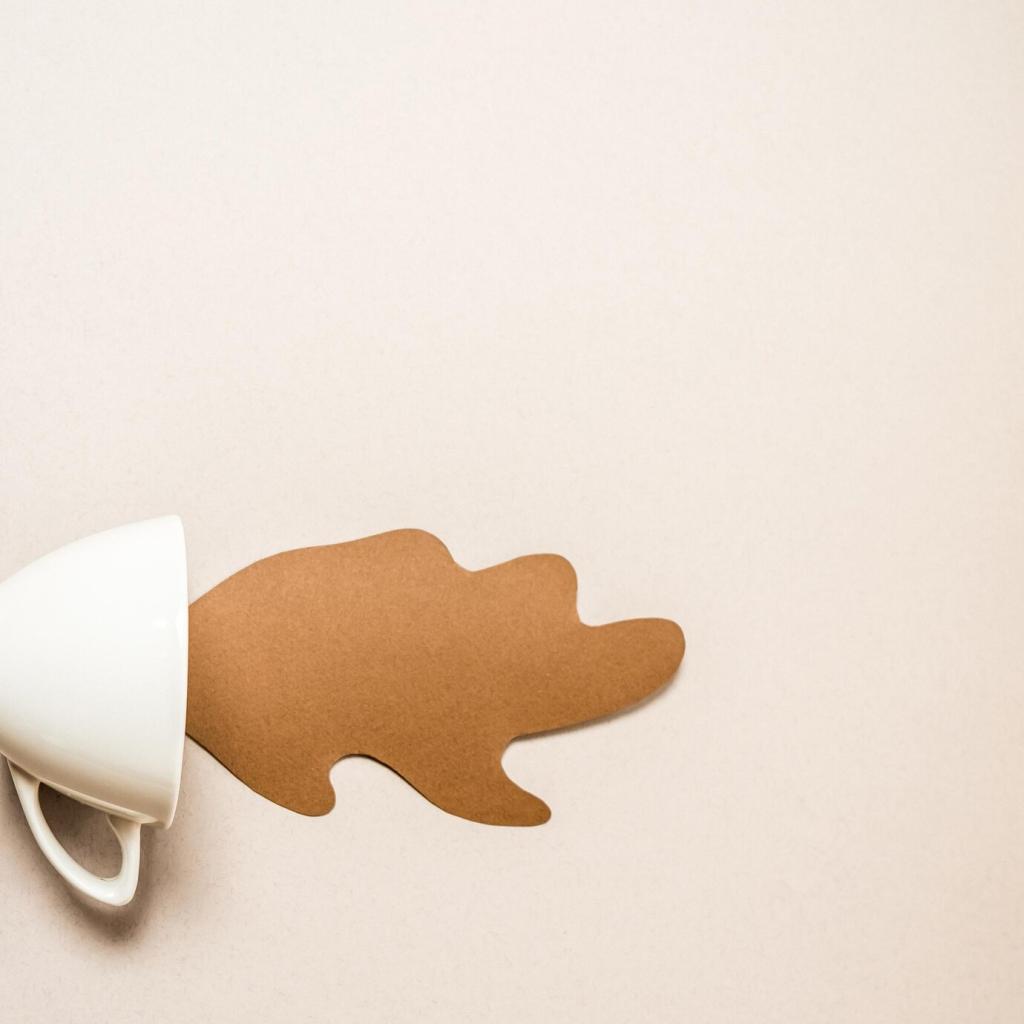Minimalism and Its Influence on Contemporary Home Décor
Minimalism has become one of the most influential design philosophies shaping the look and feel of modern living spaces. As an aesthetic rooted in simplicity, functionality, and the reduction of clutter, minimalism offers a refreshing contrast to the often chaotic pace of contemporary life. Its embrace in home décor speaks to a desire for calm, intentionality, and an environment that promotes well-being. This page explores how minimalism has entered the world of interior design, its main principles, the benefits of adopting minimalist décor, and practical strategies for bringing its influence into any home.

The Origins and Philosophy of Minimalism
Simplicity as an Aesthetic Value
At the heart of minimalism lies a pursuit of simplicity that transcends mere decoration. Minimalist spaces often feature clean lines, neutral color palettes, and an absence of visual clutter, creating a backdrop that is both calming and sophisticated. The aesthetic value of simplicity comes from its emphasis on “less is more,” where the beauty of a room can be found not in the number of elements it contains, but in the careful selection and placement of each item. This results in interiors that feel open, purposeful, and elegant, offering a sanctuary from the sensory overload of everyday life.
The Influence of Japanese and Scandinavian Traditions
Minimalism as a design philosophy draws significant inspiration from both Japanese Zen principles and Scandinavian functionalism. Japanese interiors are characterized by their meticulous arrangement, focus on natural light, and a deliberate use of empty space, or “ma.” Scandinavian design, meanwhile, emphasizes practicality, comfort, and the intelligent use of resources. These traditions have shaped the global understanding of minimalism, merging Eastern mindfulness with Western efficiency to create universally appealing interiors that champion quality over quantity.
Minimalism and Mindful Living
Minimalism in décor is closely linked to the broader lifestyle movement of simplifying and decluttering one’s life. By reducing distractions and focusing on the essentials, minimalism encourages homeowners to live more intentionally. Everyday objects take on new significance, and living spaces become extensions of a conscious lifestyle that values experiences and well-being over material accumulation. In this way, minimalist home décor becomes both a reflection of and a catalyst for mindful living, shaping not only the appearance of a home but the habits and mindsets of those who inhabit it.
Core Principles in Minimalist Home Décor
Negative space, or empty space, plays a foundational role in minimalist interiors. Rather than filling every corner with décor or furniture, minimalism celebrates open areas as an essential design element. Negative space gives a room room to breathe, allowing the few chosen objects within it to stand out and be appreciated. This principle encourages restraint and curation, teaching that absence can be as impactful as presence. In minimalist home décor, the use of negative space transforms cluttered rooms into peaceful retreats, offering clarity and a sense of calm that supports relaxation and mental clarity.

Benefits of Minimalist Influences in Modern Homes
Enhanced Well-Being and Mental Clarity
One of the greatest advantages of minimalist home décor is its impact on mental well-being. Cluttered and visually noisy environments can lead to stress, anxiety, and even decision fatigue. In contrast, minimalist spaces are designed to be restful and restorative, offering a mental reprieve from the outside world. The simplicity and organization inherent in minimalism promote relaxation, help clear the mind, and increase overall satisfaction with one’s living space. Minimalist design allows for fewer distractions, encouraging a deeper connection to one’s surroundings and improving the quality of daily life.
Efficiency and Easy Maintenance
Minimalist interiors are easier to clean, organize, and maintain compared to their more ornate counterparts. By reducing the quantity of objects and prioritizing functional furnishings, homeowners spend less time on household chores and more time enjoying their environment. This efficiency is especially valuable in urban living or in homes with limited space, where streamlined storage solutions and multipurpose furniture can make even the smallest rooms feel spacious. Minimalism simplifies routines, reduces decision-making around décor, and ensures that upkeep remains manageable, making the home a source of comfort rather than stress.
Sustainable and Eco-Friendly Choices
The minimalist ethos often dovetails with an emphasis on sustainability and mindful consumption. Minimalist décor encourages purchasing fewer but higher-quality items, reducing waste and minimizing the environmental footprint of the home. Thoughtful use of materials—like choosing recycled or responsibly sourced furnishings—and a focus on durability align well with eco-friendly living. Furthermore, minimalist spaces use energy more efficiently thanks to their uncluttered layouts and natural lighting. By adopting minimalist principles, homeowners can reduce their impact on the environment while still enjoying beautiful, functional spaces.
